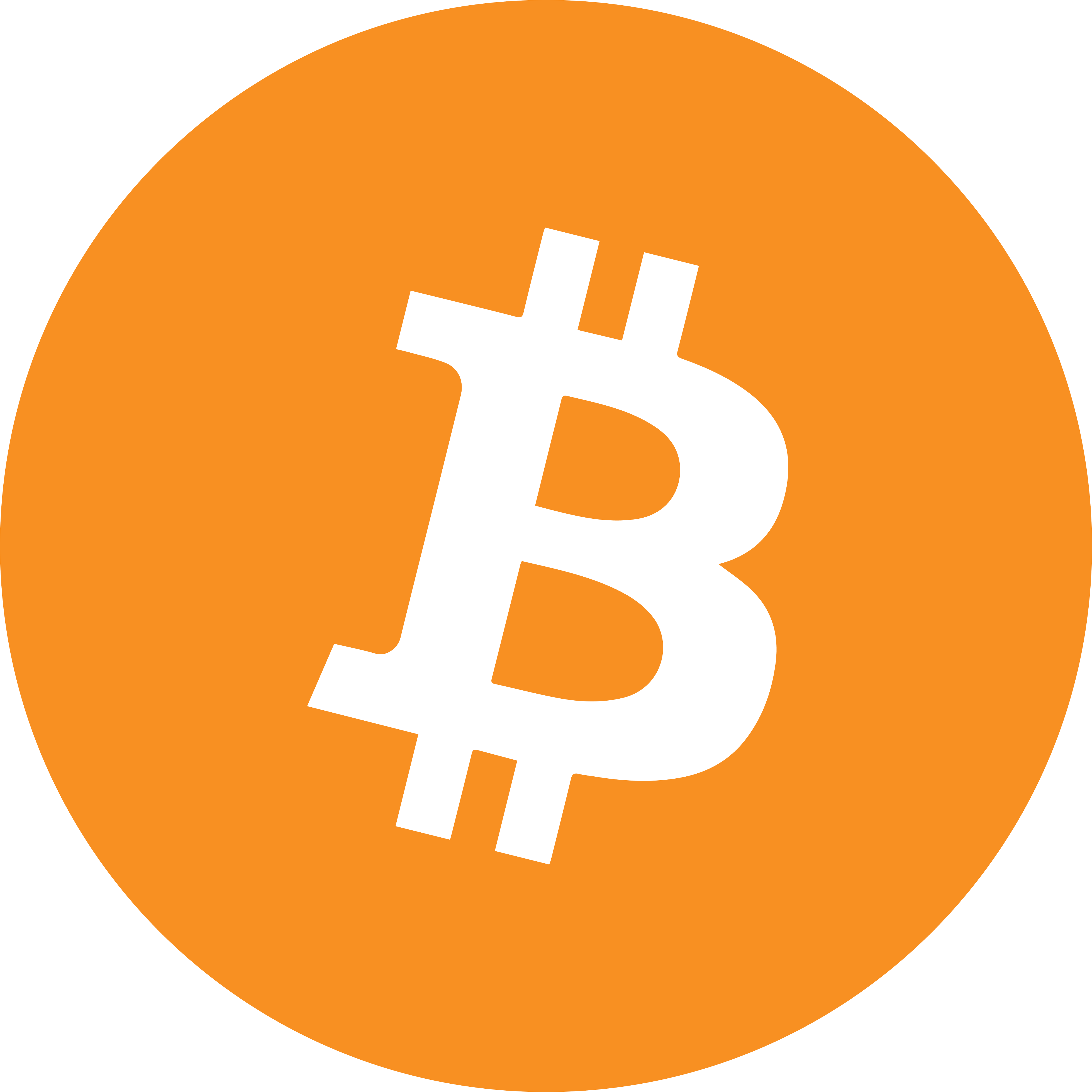Litecoin Wallet
Experience the speed and accessibility of digital silver with Litecoin (LTC)! Join a global network embracing fast, low-fee cryptocurrency transactions and a commitment to simple, reliable payments. Tap into Litecoin's vibrant community dedicated to building a future where payments are borderless and efficient. Designed as a complement to Bitcoin with its fast block times and Scrypt mining algorithm, Litecoin aims to bring the power of cryptocurrency to everyday transactions. Embrace the potential of digital silver - start your Litecoin journey today!
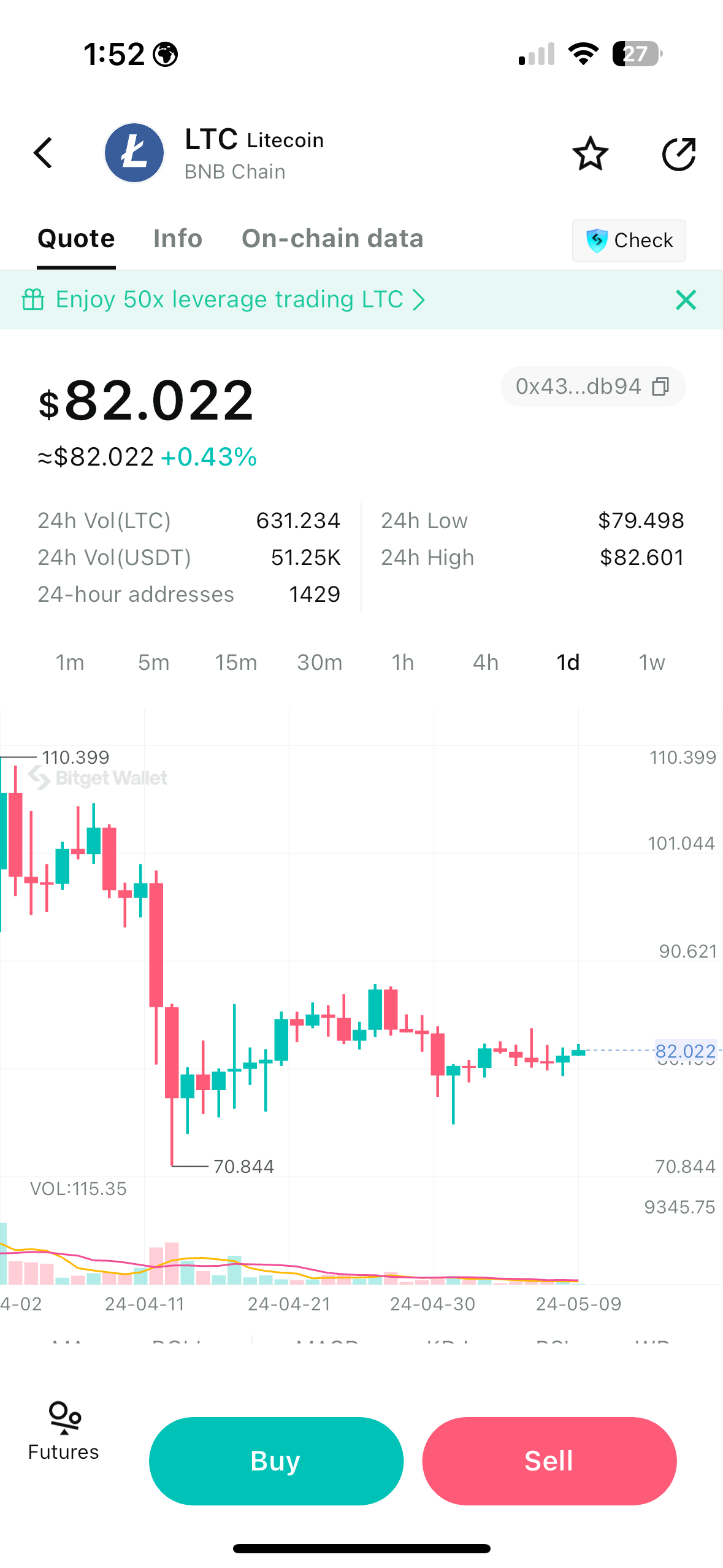
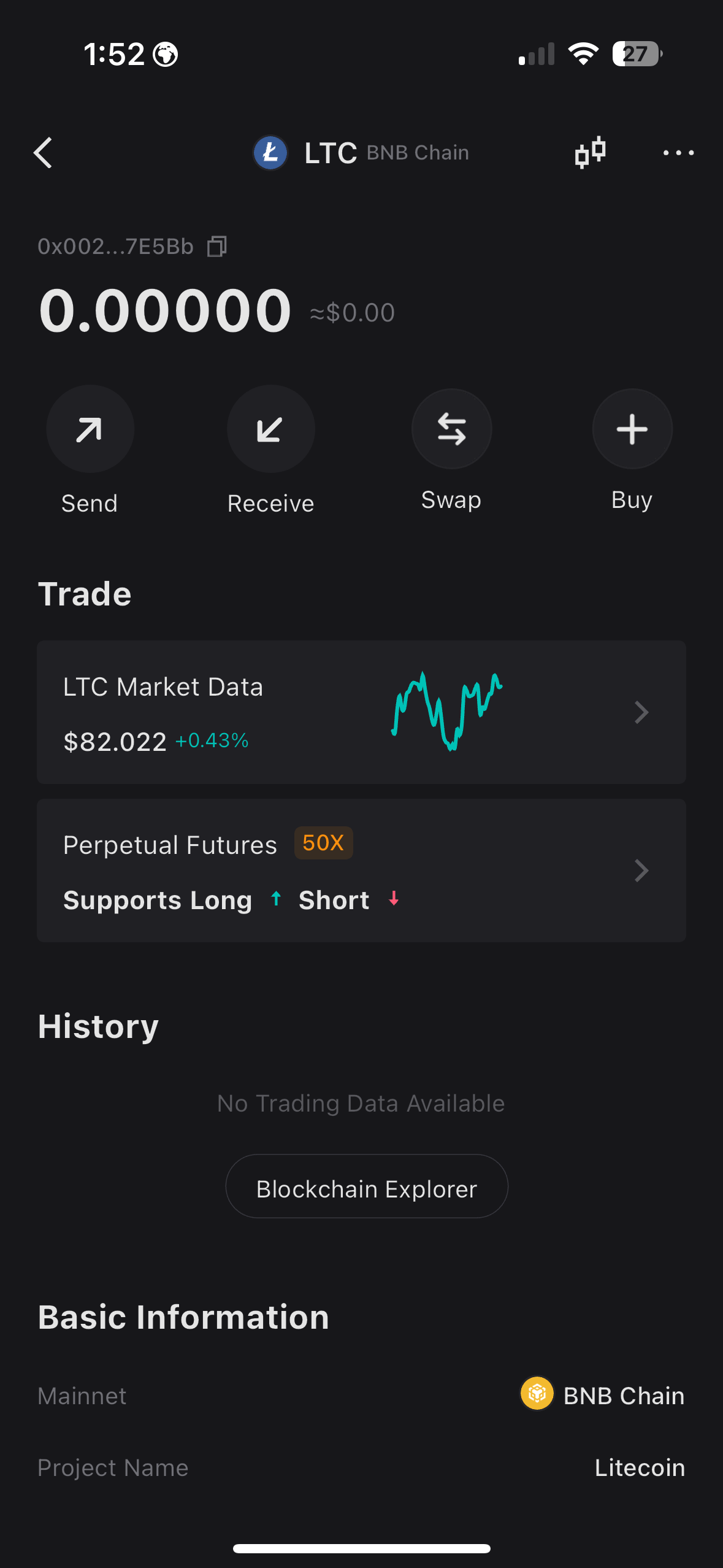
How to Create a Litecoin Wallet in Bitget Wallet
How to buy Litecoin? 

You can use the OTC service in Bitget Wallet to purchase cryptocurrency, such as USDT, USDC, or LTC, with fiat currency. Bitget OTC service accepts Visa, ApplePay, GooglePay, and USD credit cards: 1. Select "OTC" on the Bitget Wallet homepage. 2. Select “USDT” or other tokens you wish to purchase, e.g., USDT on the Polygon network. 3. After payment, you will see the purchased USDT on the Bitget Wallet homepage. 4. Tap the “Swap” button and swap from USDT to LTC. Enter the amount to swap. 5. Tap “Confirm”. Once the transaction is completed, you will see the swapped LTC on the Bitget Wallet homepage.
What's the best Litecoin Wallet? 

For unmatched security, a streamlined interface optimized for everyday payments, and the potential to leverage Litecoin's growing ecosystem, Bitget Wallet stands out as a superior choice. With a global reputation for robust security, Bitget Wallet provides the peace of mind crucial for managing your digital silver holdings. Its intuitive design removes complexities, ensuring smooth transactions and a focus on the core purpose of Litecoin as a payments-focused cryptocurrency. Furthermore, Bitget Wallet's commitment to supporting both established cryptocurrencies like Litecoin and pioneering innovations positions it as a powerful tool for navigating the evolving world of cryptocurrency payments and potential decentralized applications leveraging Litecoin. Experience the full potential of Litecoin with the security, ease of use, and forward-thinking approach that Bitget Wallet offers – download it today!
How do you download Bitget Wallet and create a Litecoin Wallet? 

1. Go to Google Play or App Store to download Bitget Wallet. 2. Install and launch Bitget Wallet. Choose “Create A Wallet”, check “Litecoin” on the mainnet selection interface, and tap “OK”. 3. The Litecoin (LTC) wallet is now on the homepage. You may start making transactions or buy LTC via OTC. Bitget Wallet is a versatile Web3 crypto wallet supporting over 100 blockchains and 250,000+ cryptocurrencies, offering competitive swap rates and seamless DApp integration.
Why should you use Bitget Wallet
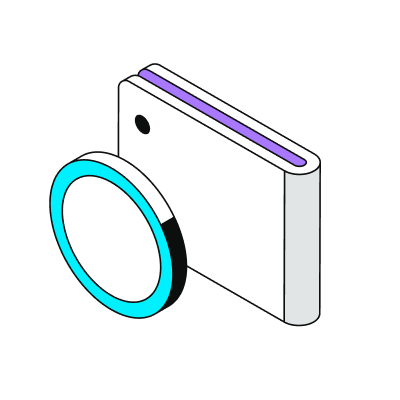 What's the best Litecoin Wallet?
What's the best Litecoin Wallet?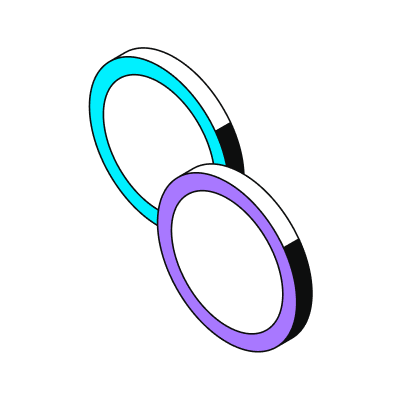 How do you download Bitget Wallet and create a Litecoin Wallet?
How do you download Bitget Wallet and create a Litecoin Wallet?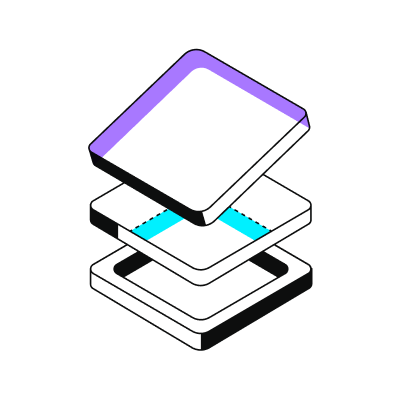 What is the future potential of Litecoin?
What is the future potential of Litecoin?
About Litecoin
What is Litecoin? 

Litecoin (LTC) is a veteran cryptocurrency, often referred to as the "digital silver" to Bitcoin's "digital gold." Created in 2011 as one of the earliest Bitcoin forks (utilizing Bitcoin's codebase with modifications), it was designed to be a faster and more lightweight alternative to Bitcoin, primarily focused on facilitating everyday payments. Litecoin shares many technical similarities with Bitcoin, including its proof-of-work (PoW) consensus mechanism. However, key differences exist, such as faster block times (approximately 2.5 minutes compared to Bitcoin's 10 minutes), the use of the Scrypt mining algorithm, intended to be more accessible for regular computer hardware, and a larger total supply. These modifications make Litecoin well-suited for smaller, more frequent transactions, aiming to offer a user-friendly and accessible cryptocurrency option for payments and potential store-of-value use cases.
What makes Litecoin unique? 

Litecoin's core distinction lies in its emphasis on being a fast, lightweight, and accessible cryptocurrency designed for everyday transactions, with faster block times compared to Bitcoin enabling quicker confirmations and making it potentially more suitable for point-of-sale situations. Its use of the Scrypt mining algorithm was initially intended to be less specialized than Bitcoin's, allowing participation in mining using consumer-grade hardware. Litecoin was designed not as a competitor to Bitcoin, but rather as a complementary cryptocurrency, envisioning a role as "digital silver" to Bitcoin's "digital gold," with its faster transactions and potential for wider adoption supplementing Bitcoin's potential as a store of value. As an early fork of Bitcoin, Litecoin boasts a long history within the cryptocurrency space, bringing an established track record, a dedicated community, and a proven reputation for reliability. Despite its veteran status, Litecoin continues to evolve, serving as a testbed for innovations, being among the first major blockchains to implement upgrades like SegWit (Segregated Witness) and the Lightning Network, aiming to improve transaction scalability and efficiency. Additionally, Litecoin's focus on simple payments, accessibility, and relatively low fees make it an appealing option for merchants and individuals looking for a way to use cryptocurrency for day-to-day transactions, and its growing acceptance, including integration into payment platforms and ATMs, could drive wider adoption.
What is the future potential of Litecoin? 

Litecoin's future potential rests on its capacity to maintain its role as a reliable, accessible, and fast cryptocurrency for payments, while successfully navigating an increasingly competitive landscape. If Litecoin continues to evolve, offering improvements in scalability and functionality, it could solidify its position as a go-to option for everyday transactions. Growing adoption by merchants, integration into payment platforms, and partnerships with businesses enabling Litecoin use cases have the potential to significantly drive its value and utility. Litecoin's role as a potential "digital silver" is dependent on Bitcoin's continued trajectory. If Bitcoin strengthens its position as a store of value, Litecoin could benefit as a complementary asset for day-to-day payments. Additionally, Litecoin's implementation of new technologies and potential innovations in areas like privacy enhancements could expand its appeal. Like any cryptocurrency, Litecoin's future faces uncertainty. Competition from newer payment-focused cryptocurrencies, evolving scaling solutions on other networks, and the potential impact of regulatory changes all pose challenges. Its ability to demonstrate consistent utility beyond its established use cases will be key for long-term success.
Will the Litecoin (LTC) token price go up? 

Like other cryptocurrencies, LTC's price is subject to overall market sentiment and the broader trends within the cryptocurrency space. Positive shifts in sentiment towards established cryptocurrencies with a focus on payments could benefit LTC. Additionally, the success of Litecoin as a payments network is crucial. If it sees significant adoption by merchants and individuals for everyday transactions, the demand for LTC could increase, potentially driving its price higher. Partnerships with significant businesses that integrate Litecoin as a payment option, or the implementation of new features and upgrades that enhance its utility, could act as positive catalysts for its price. Furthermore, the broader trajectory of Bitcoin as a potential "digital gold" could impact Litecoin's price, as its position as "digital silver" is often tied to Bitcoin's market performance. However, it's essential to be aware of the inherent volatility in the cryptocurrency market. Market sentiment can rapidly shift, and factors beyond Litecoin's specific ecosystem, including regulatory changes or broader economic uncertainty, could impact its price. As with any investment in the crypto space, it's vital to conduct thorough research and maintain a balanced understanding of potential risks.
Which crypto narrative does Litecoin leverage? 

Litecoin firmly aligns with the narrative of providing a fast, affordable, and accessible cryptocurrency designed for everyday transactions, being among the first to focus on this use case and aiming to make cryptocurrency practical for smaller, frequent payments. Its emphasis on a complementary role to Bitcoin, rather than direct competition, contributes to the narrative of Bitcoin as a potential "digital gold" and potentially benefits Litecoin if Bitcoin's position as a store of value solidifies. Additionally, Litecoin's focus on user-friendliness, lower fees, and accessibility aligns with the broader crypto narrative of expanding adoption beyond early adopters and making cryptocurrency a viable option for mainstream everyday use. Despite being an older cryptocurrency, Litecoin leverages the narrative of continued innovation and adaptability, demonstrated by its history of implementing technologies like SegWit and exploring future upgrades aimed at evolving alongside the broader blockchain landscape.
What is the value of the Litecoin (LTC) token? 

The value of the LTC token is closely tied to market sentiment, the adoption of Litecoin as a payment method, and its broader role within the evolving landscape of cryptocurrencies. Unlike traditional cryptocurrencies that might derive value from a specific utility within a single platform, LTC's value is influenced by factors like perceived potential, its success as a payment network, and the overall trajectory of established cryptocurrencies. If Litecoin demonstrates growing adoption by merchants and users, establishes partnerships that expand its use cases, and consistently delivers on its promise of fast, low-fee transactions, the demand for LTC tokens could increase significantly. Additionally, positive sentiment towards cryptocurrencies focused on payments could benefit LTC's value. However, it's crucial to recognize the volatility in the cryptocurrency market and the risks associated with investing in cryptocurrencies. Market sentiment can rapidly shift, and long-term success depends on factors like continued innovation, security, and Litecoin's ability to stay relevant amidst a competitive landscape.
You may also like these content
Project Partners














































